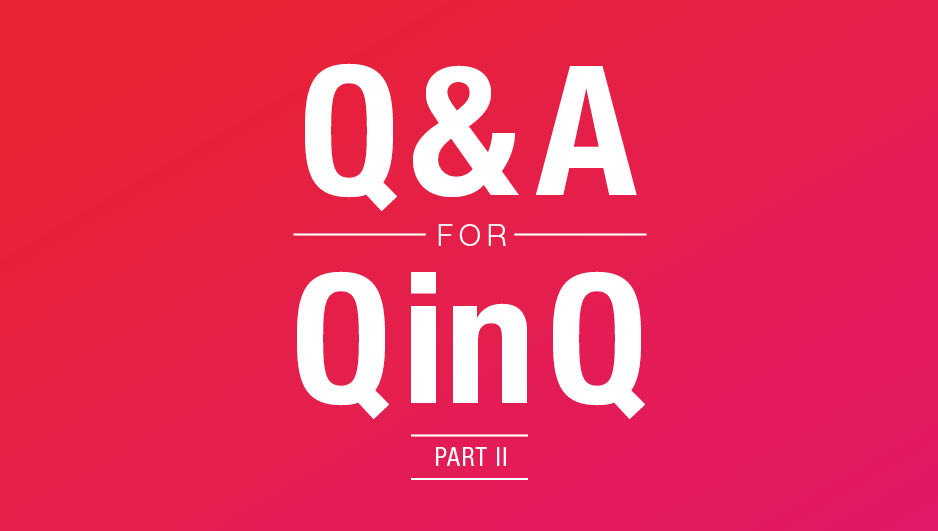
A Sustainable Business Strategy Starts With Your Network
- Cloud networking
- July 25, 2024
- RSS Feed
By Darren Wilson, Chief Operating Officer
When reviewing or implementing business sustainability strategies, it’s critical not to overlook your network.
The amounts of data we’re storing and moving today take up a lot of resources. Statistics vary, but we know for sure that trillions of megabytes of data are created every single day – and all this data needs somewhere to live.
As networking pros often have to explain to their unacquainted families and friends, the cloud isn’t some imaginary data library that defies the laws of physics – it’s a conglomerate of physical data centers working together to store and move the data we rely on to successfully operate every aspect of our business. And the more data we send and store, the more energy these physical locations potentially consume.
This is why simply moving your data to the cloud isn’t enough to achieve sustainability.
The benefits of a sustainable business network
Corporate sustainability, at its core, is about meeting your needs without compromising the ability of future generations to meet theirs. This principle applies across all facets of an organization from operational efficiency to product development and, significantly, to the IT infrastructure and networks that underpin it all.
Your network is the central nervous system of your business operations, carrying the critical data and applications that drive your daily activities and strategic initiatives. Focusing your business sustainability efforts on your network can reward your organization in more ways than one:
- Reduced carbon footprint: Networks underpin every business function, and networks consume energy. By optimizing network design and leveraging technologies that reduce energy consumption, you can significantly lower the environmental impact of your IT operations.
- Resource optimization: Understanding your network needs and matching resources with your infrastructure needs and projections allows you to scale sensibly with demand, avoiding unnecessary overprovisioning.
- Cost efficiency: An optimized network isn’t just good for the planet; it’s great for your bottom line. Energy-efficient networks reduce operational costs, enabling investments in sustainability initiatives or further innovations.
- Hit CSR and ESG goals: Align your organization with international environmental regulations, enhance your Corporate Social Responsibility (CSR) profile, and expand your growth opportunities.
- Attract investors and customers: With sustainability now less of a nice-to-have and more of a non-negotiable, investors and customers aren’t shy to put their money where their mouth is. A sustainable business keeps you on the front foot.
- Operational excellence: The side-effect of architecting your network for sustainability is that you’re also architecting it for efficiency. Streamlined operations will improve business agility.
In an industry where resource and infrastructure requirements are constantly changing, here are some best practices for staying vigilant.

How to build a more sustainable network
1. Virtualize what you can
While virtualizing your network doesn’t completely eliminate your carbon footprint, it certainly reduces it. Migrating to cloud services and virtualizing your network infrastructure with software-defined networking work together to play a crucial part in meeting your sustainability goals.
These cloud and network infrastructures are inherently more resource-efficient than traditional on-premises solutions. In fact, you’ll get a range of benefits from moving to the cloud and using a Software Defined Network (SDN) like Megaport for your underlay:
- Reduce physical hardware: Less hardware means reduced energy consumption for running and cooling.
- Scale with precision: Allow for rapid scaling, ensuring that resources are utilized efficiently.
- Manage costs: With many providers offering pay-as-you-go models, you can match costs to usage and avoid overspend incurred from overprovisioning.
- Support security: When you virtualize your connections, you benefit from the shared responsibility model, with many providers supporting you with the tools to make your network more secure.
- Improve resiliency: Most cloud and networking providers are backed by a global network of enabled locations to prevent downtime and optimize performance.
- Diversify your architecture: Multicloud and edge connectivity setups allow you to deploy workloads in locations that best optimize both performance and energy usage.
- Future-proof your network: Virtualizing your data storage and connections removes the need for you to constantly update and expand your own infrastructure.
2. Research your supply chain
Your cloud service providers, data center operators, and managed service providers also have a responsibility to be resource-efficient and environmentally conscious. By utilizing providers that share your ethos, you can further reduce your total carbon footprint and propel your own CSR initiatives.
Look for providers that are transparent about their environmental practices, demonstrate a commitment to CSR, and set ambitious sustainability goals, proving they will be worth your investment well into the future. This can be as easy as starting with their website – Google the provider + “sustainability” to start exploring.
3. Embrace AI and Machine Learning
While AI has earned itself a reputation for being not-so eco-friendly, there is a way to use it on a smaller scale as a game-changer for predictive analysis and automation.
In the realm of network management this could look like demand forecasts, inefficiency detection, and automated adjustments to optimize resource usage and reduce wasted data movement and storage.
For developers, the automation needed to glean this knowledge could come in the form of APIs. But beyond that, many cloud providers now offer their own array of generative AI tools designed to improve oversight and efficiency of your cloud network.
4. Keep your data clean
With so much information being created and stored every day, most businesses have a huge amount of “dark data”, which is data that goes unused and unaccessed. It can accumulate from legacy systems, incomplete integrations, changing business strategies, and lack of data governance, to name a few causes.
The problem is, data eats energy by simply existing on your network – so reducing your dark data is a great way to improve business sustainability.
The easiest way is for your IT and network teams to use APIs or AI tools to scan your network and notify you of data that hasn’t been accessed for a certain period of time. You can even automate auto-deletion of old data that meets (or doesn’t meet) certain parameters, where it suits. But don’t just set and forget – setting aside some time periodically to audit and clean up your files can have a tremendous impact on your network’s carbon footprint.
Your cleanup shouldn’t end with data storage, either. Be sure to review automated data backups and transfers, and keep only those that are necessary to further reduce energy usage.
Automate your virtual network deployments with the Megaport Terraform Provider.
5. Recycle your hardware waste
If your organization’s network virtualization journey has left you with unused on-premises hardware, there’s an alternative to letting it gather dust in a store room.
Recycling your hardware lowers its “embedded carbon”, which is the total carbon footprint of an object over its lifetime. It can also help you remain compliant with waste management regulations for your industry.
Donating your hardware to an accredited recycler could give it a second life with organizations that need it. At the very least, it will be recycled responsibly so the raw materials can be reused and no harmful chemicals within the hardware enter the environment.
Before donating any hardware, make sure you wipe it by using data destruction software or destroying the storage medium. If neither of these are possible, donate to an accredited recycler that will give you a Certificate of Data Destruction.
6. Educate your team
Making sustainability best practices a core component of your operations will prove its value to your teams. But you can take this a step further and show an interest in how your IT employees are currently optimizing the energy efficiency of your business network.
Be involved in strategy development meetings, stay up-to-date on implementation plans, and encourage two-way communication – as the people in the day-to-day, your employees will bring forward the most valuable ideas to improve the efficiency of your network.
Where to from here?
The pathway to a sustainable business strategy through network optimization is entirely achievable with the right mindset, tools, and guidance. As every industry continues to virtualize, the dialogue in this space will only grow louder and more nuanced. It is up to us as leaders to implement actionable, impactful strategies that resonate through our businesses and beyond.
A sustainable business strategy doesn’t just start with your network – it flourishes there.





